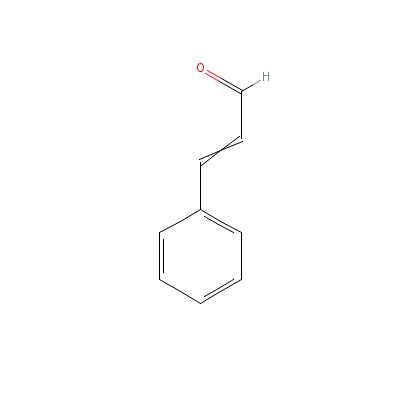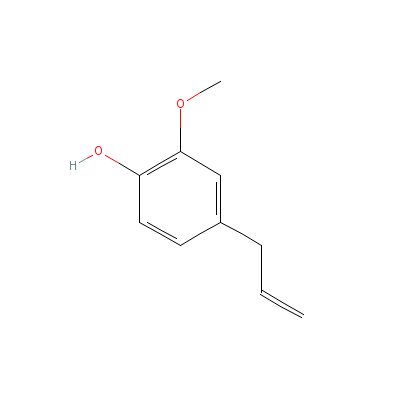| |
|
|
Botanical Name |
: |
Cinnamomum cassia BLUME |
English
Name |
: |
Chinese Cassia |
Synonym(s) |
: |
Cinnamomum aromaticum, Nees., Laurus cassia, Ait. |
Family |
: |
Lauraceae |
| |
General Info
| Description |
 |
|
The fruit is about the size of a small olive. The leaves are evergreen, oval-oblong blades from 5 to 9 inches long. The trees are at their greatest perfection at the age of ten to twelve years, but continue to spread and send up new shoots. The bark is easily distinguished from that of cinnamon, as it is thicker, coarser, darker, and duller, the flavour being more pungent, less sweet and delicate, and slightly bitter. The fracture is short, and the quills are single, while pieces of the corky layer are often left adhering. The best and most pungent bark is cut from the young shoots when the leaves are red, or from trees which grow in rocky situations. The bark should separate easily from the wood, and be covered inside with a mucilaginous juice. The wood without the bark is odourless and is used as fuel. When clean, the bark is a little thicker than parchment, and curls up while drying in the sun. |
| Herb Effects |
 |
|
Relieves pain, diaphoretic, germicide, reduces fever, laxative, astringent, carminative, diuretic and stimulates the heart and liver. |
Chemistry
| Active Ingredients |
 |
|
Cinnamaldehyde and eugenol (oil) |
| Chemistry
of Active Ingredients |
 |
|
|
 |
Name |
CAS# |
IUPAC Name |
Formula |
Structure |
 |
|
| Cinnamaldehyde |
Not Available |
3-phenylprop-2-enal |
C9H8O |

|
| Eugenol |
97-53-0 |
2-methoxy-4-prop-2-e
nyl-phenol |
C10H12O2 |

|
|
Pharmacology
| Medicinal Use |
 |
|
As a pain reliever (including those associated with the uterus), laxative, astringent, carminative, liver and heart tonic, in reducing fever, neuralgia, edema and ascites. It is used to assist and flavour other drugs, being helpful in diarrhoea, nausea, vomiting, and to relieve flatulence. |
| Contraindication |
 |
|
Bleeding disorders |
| Reference |
 |
|
 The Himalaya Drug Company The Himalaya Drug Company
|
Dealers
Products
|
|
|
|
|